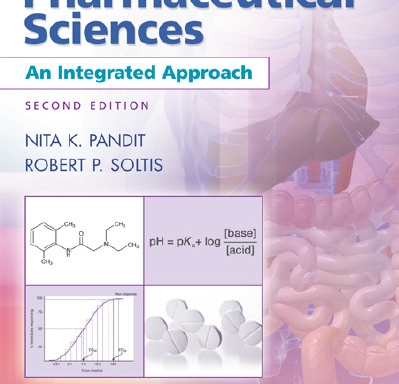With the introduction of the new contractual framework for community pharmacy there are many opportunities for pharmacists to engage in new ways of working.
[wp_ad_camp_4]Chapters 1 to 3 are on CPD, applying management skills to community pharmacy and the training and development of the pharmacy team. These introductory chapters recognise that in order to successfully participate in new opportunities, the pharmacist needs to be confident about managing their own development and in turn the training and development of their support team. It is clear that the successful introduction of new services is dependent on the effective management of the whole pharmacy team.
[wp_ad_camp_1]
Chapters 4 to 6 include information on the new contractual framework, offering advanced services and the practical issues associated with the delivery of the most popular enhanced services. While much of the content of these chapters relates specifically to the contractual framework in England, many of the practical issues discussed also relate to other national contracts.
Chapters 7 to 9 are on supplying medication, responding to symptoms and multidisciplinary working. These chapters aim to provide an insight into some of the newer ways of working both within the pharmacy and with other healthcare professionals.
The book is designed to answer practical questions such as:
- how do I manage my own professional development?
- what is the best way of motivating and supporting my pharmacy support team?
- what are the practical issues involved in setting up new services?
- how do I work effectively with the primary care team?
- how do I promote the value of pharmacy services?
Clearly this is a challenging and defining time for community pharmacy. Community pharmacists are highly accessible healthcare professionals with many conflicting demands on their time. The overall aim of the
Community Pharmacy Handbookis to provide a stimulus to encourage new ways of working that will result in increased pharmaceutical care in the community. If this aim is even partially achieved, the effort has been well worth while.








